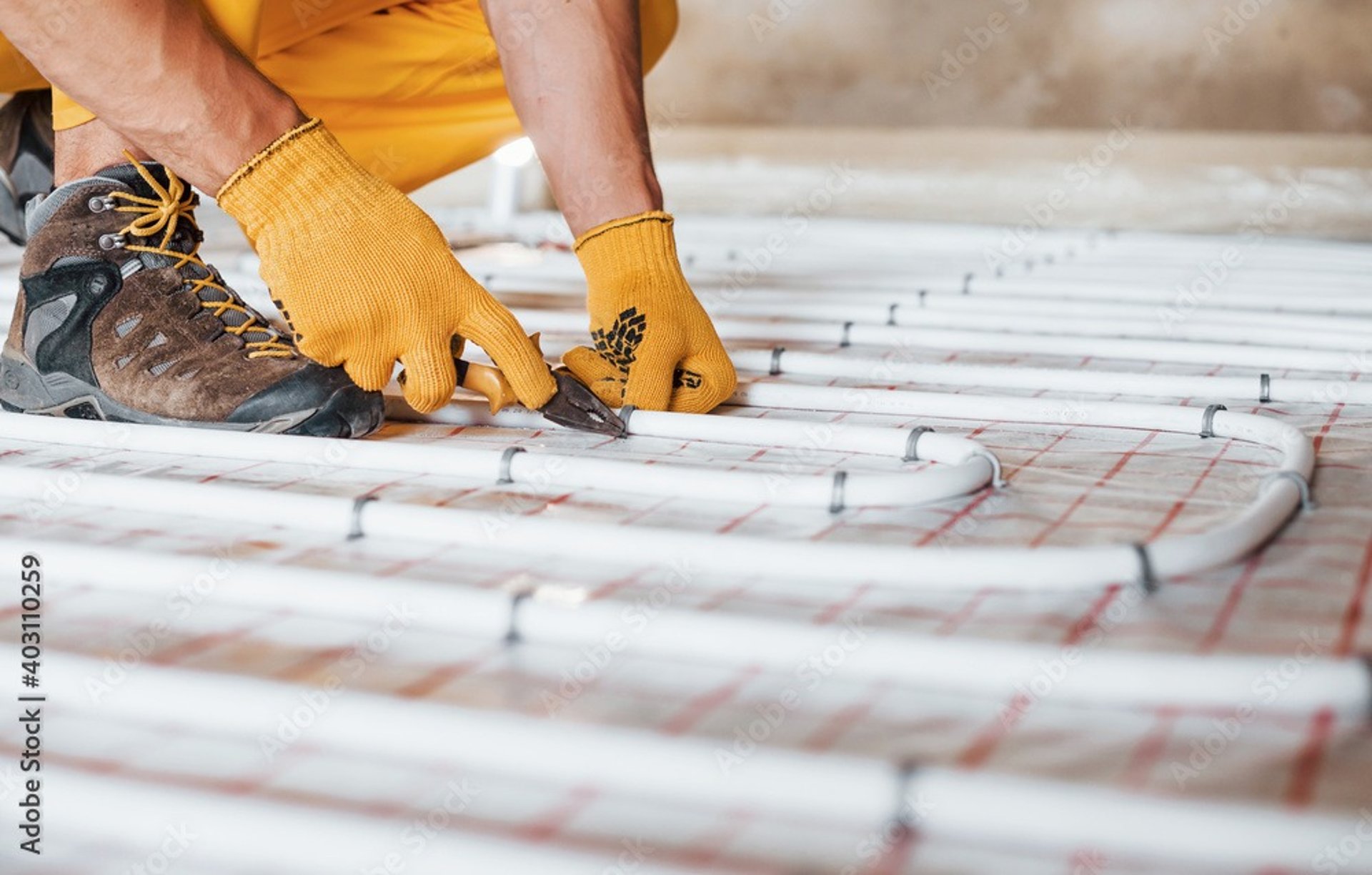FLOORLINE CREATIONS
TOOLS TIME TAPESTRY OF EVOLUTION


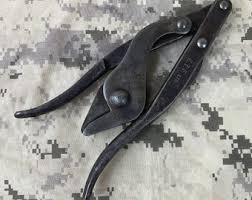

ANTIQUE CARPET FITTING TOOLS
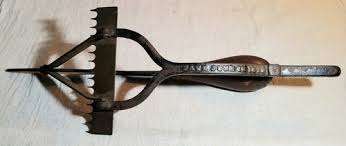

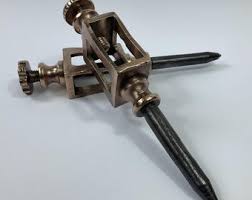

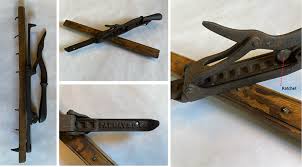

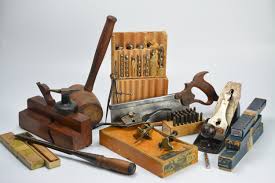

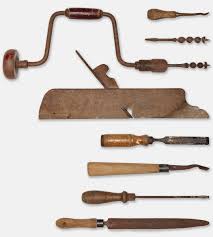

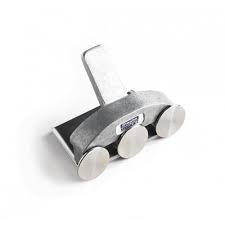

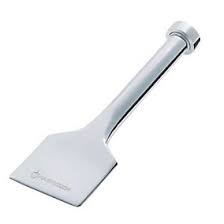

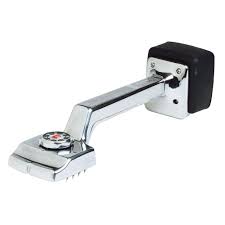

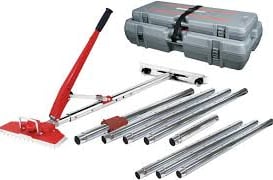

MODERN DAY CARPET TOOLS
FLOORING PEPERATION MATERIALS & TOOLS
THE IMPORTANCE OF PROFFESIONAL PREPERATION WORK
The importance of professional flooring preparation work
Professional flooring preparation work is
essential for the longevity, durability, and aesthetics of any flooring installation. Often overlooked, the quality of the finished floor is only as good as the subfloor underneath it. Skipping professional prep can lead to various problems, from cosmetic flaws to costly structural issues.
Benefits of professional flooring preparation
Extends the life of your flooring. A proper foundation prevents premature wear, cracks, and damage, ensuring your investment lasts for years. This is particularly critical in high-traffic commercial environments.
Ensures a flawless finish. Professional prep eliminates imperfections like bumps, dips, and cracks, creating a perfectly flat and smooth surface. This prevents visible flaws from telegraphing through the new flooring material, which is especially important for thin products like vinyl.
Prevents costly mistakes. While DIY prep may seem to save money upfront, improper installation can lead to expensive repairs or even a full replacement. Professional installers perform a precise installation the first time, protecting your investment.
Protects manufacturer's warranties. Many flooring manufacturers require professional installation to keep their warranties valid. Failure to follow their guidelines on subfloor preparation can void the warranty.
Mitigates moisture issues. Excess moisture can cause significant damage, such as warping and mold growth. Professionals use specialized tools and techniques to test moisture levels and apply moisture barriers to safeguard the new flooring.
Enhances safety. A properly leveled and prepared subfloor removes tripping hazards caused by uneven surfaces.
Improves adhesion. For floors that are glued down, a clean, smooth, and correctly primed surface ensures the adhesive bonds correctly. Poor adhesion can cause flooring to lift, shift, or bubble over time.
UNDERLAYS ~ GRIPPER
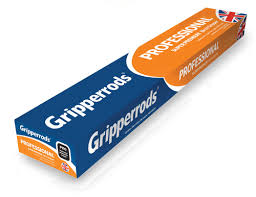

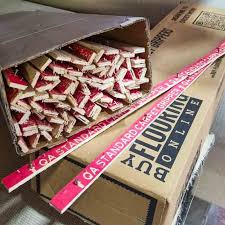

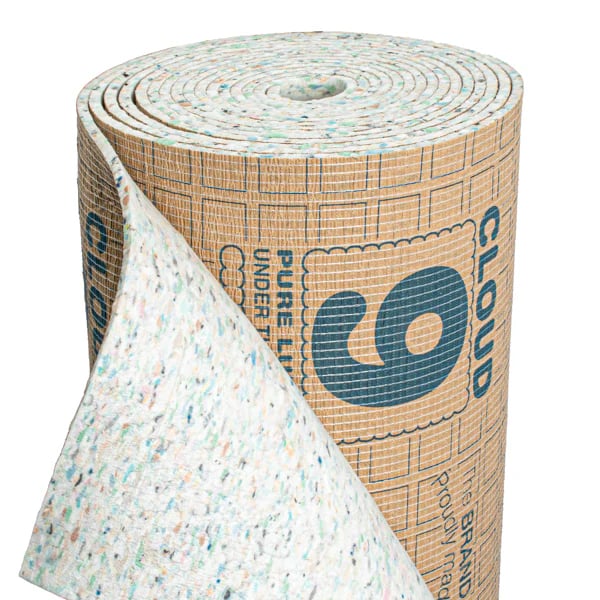

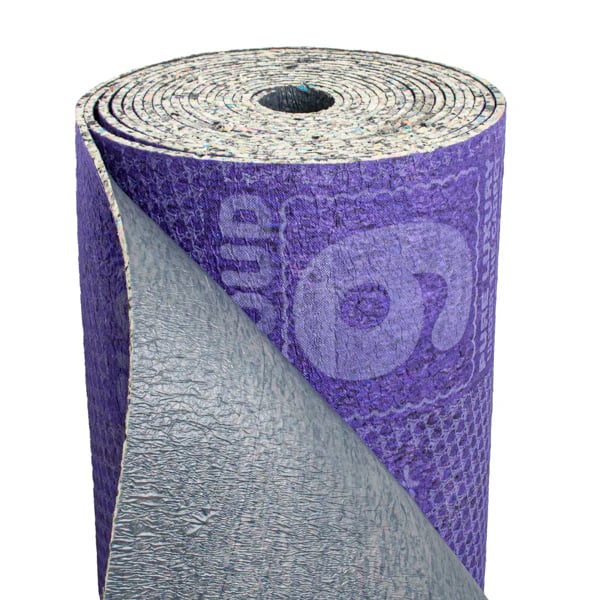

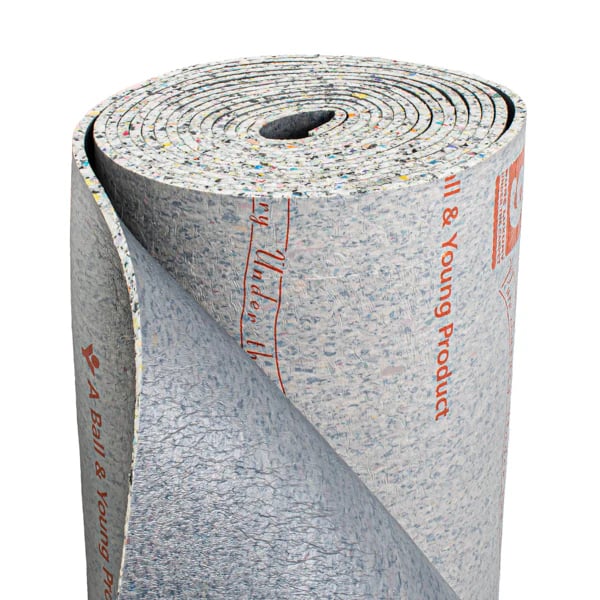


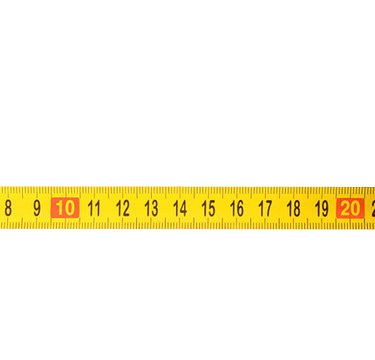
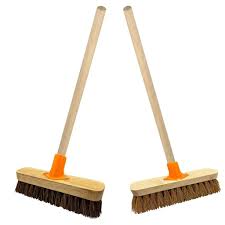

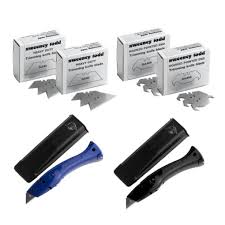
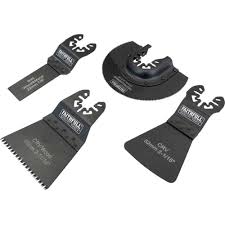
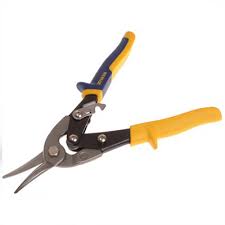
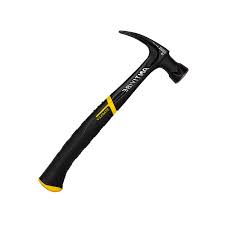
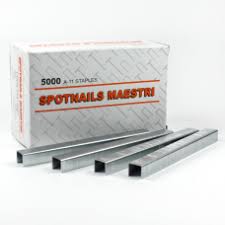
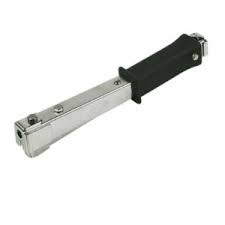
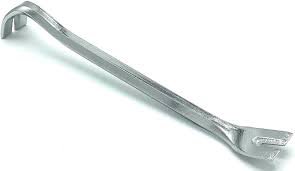
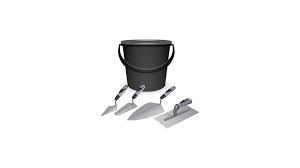
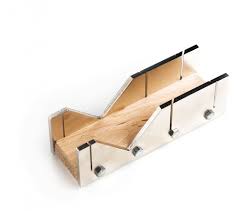
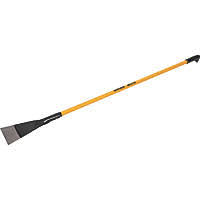
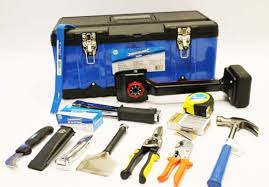
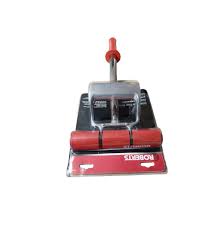
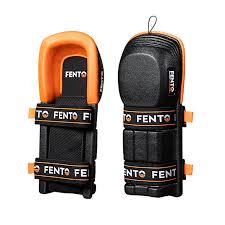
PREPERATION HAND TOOLS
BLADES ~ STAPLES ~ ACCESSORIES
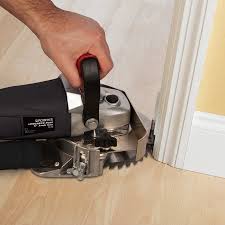

UNDER CUT DOORS & FRAMES
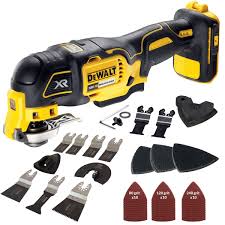

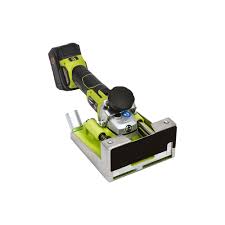

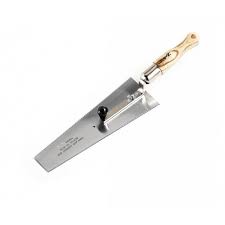

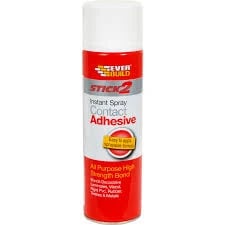

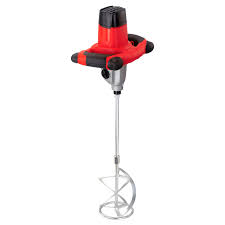
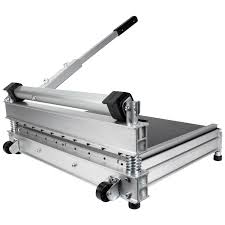

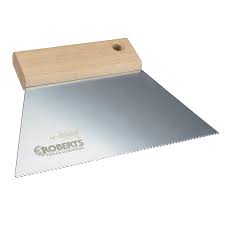
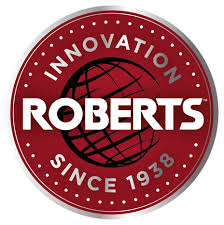
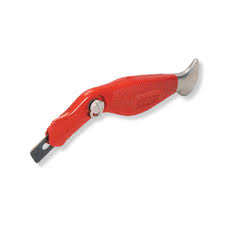
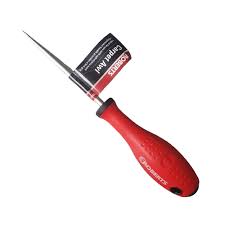
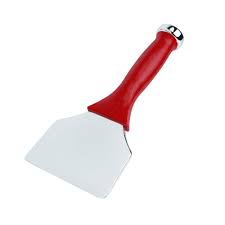
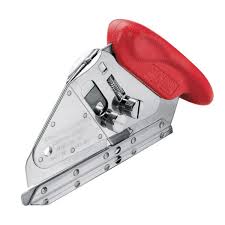
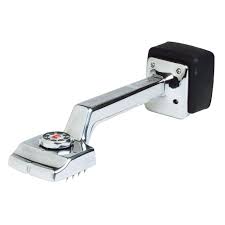
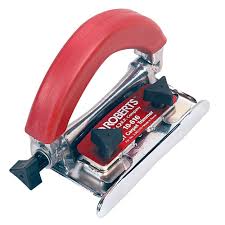
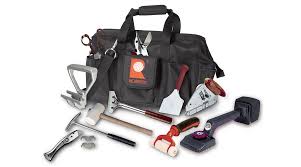


FLOORING TOOLS
DOOR COVERS
&
THRESHOLD BARS
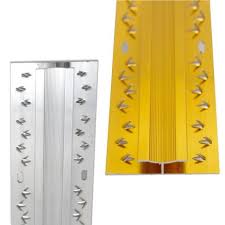

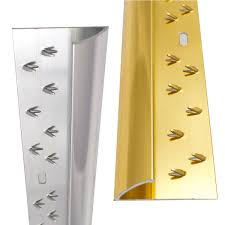

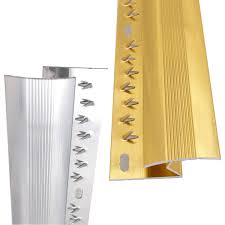

CARPET TO VINYL
CARPET TO CERAMIC/WOOD
CARPET TO CARPET
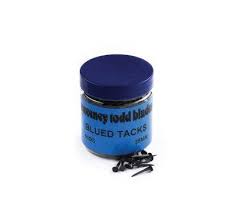

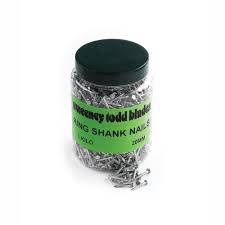

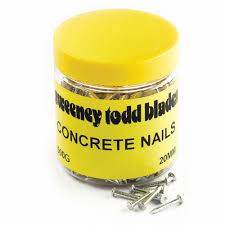

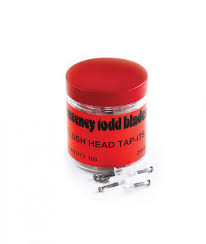

CONCRET NAILS
RING SHANK NAILS
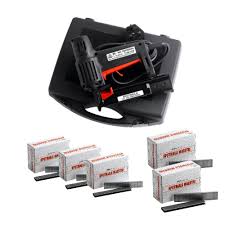

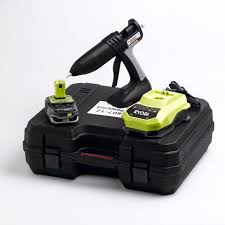

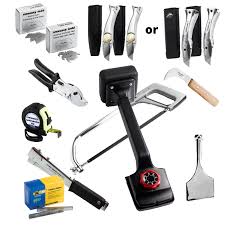

CORK PINS
BLUE TACKS
STAPLE GUN & STAPLES
GLUE GUN
GLUE GUN
SKIRTING BOARDS
SCOTIA ~ ARCHITRAVES
VINYL WRAP
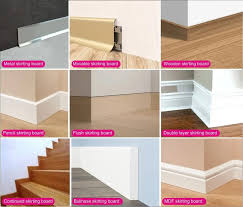

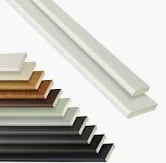

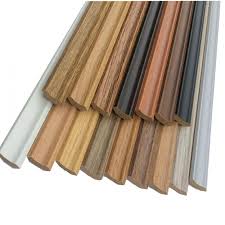

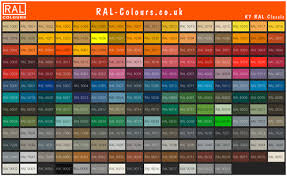

CREATE CUSTOM PATTERNS TO MATCH YOUR FLOORING
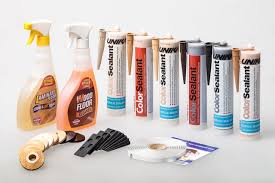

PROFFESSIONAL SEALANT SERVICES
SMOOTHING COMPOUNDS
&
REPAIR MORTARS
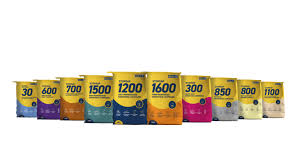

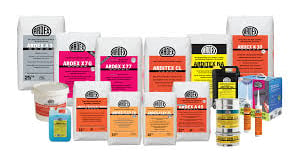

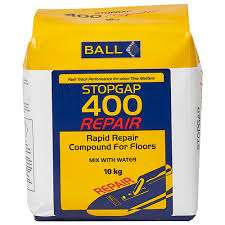

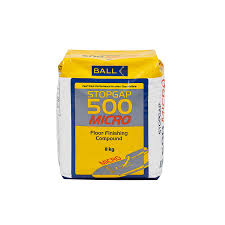

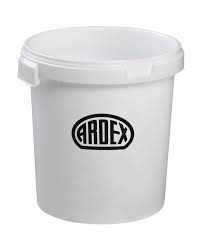

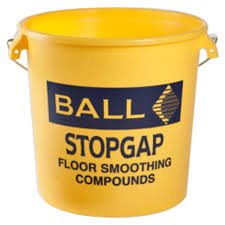

Using British Standards (BS) certified flooring-grade smoothing compound is crucial for creating a durable, stable, and aesthetically pleasing floor. It ensures the compound meets specific strength, consistency, and application requirements, preventing surface imperfections from showing through floor coverings, ensuring proper adhesion, and enhancing the longevity of the entire flooring installation, especially in high-traffic areas.
Why BS Flooring-Grade Smoothing Compound is Important
Ensures a Perfect Finish:
Smoothing compounds create a blemish-free surface, preventing imperfections like trowel lines or unevenness from appearing on the final floor covering, such as vinyl, wood, or carpet.
Provides a Stable & Level Base:
It corrects unevenness and provides a stable subfloor that supports the final floor covering, ensuring a level and even base for consistent installation.
Enhances Durability and Longevity:
A robust smoothing compound acts as a strong intermediary layer, distributing stresses evenly across the subfloor. This prevents premature deterioration and detachment of the floor covering, which is particularly important in areas with heavy foot traffic.
Promotes Proper Adhesion:
The smooth, consistent surface provides an ideal bonding area for the adhesive, ensuring a strong and lasting bond between the subfloor and the flooring material.
Prevents Structural Damage:
By distributing loads and stresses, a high-quality compound mitigates the risk of cracking, deformation, and other structural issues that could compromise the flooring over time.
Meeting Standards Guarantees Quality:
Using a compound that meets British Standards ensures it has been tested and proven to perform to certain specifications for strength, flow, and drying time, providing confidence in the product's reliability and suitability for professional use.
Key Benefits in Practice
Improved Aesthetics: Reduces the likelihood of imperfections showing through delicate floor coverings like vinyl or carpet.
Increased Safety: A level and stable surface reduces the risk of trips and falls.
Extended Lifespan: The entire flooring system lasts longer by providing a better foundation and reducing stress on the floor covering itself.
MIXING & SPREADING TOOLS
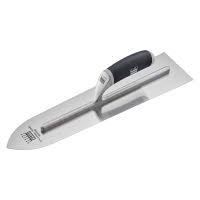

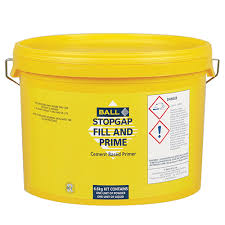

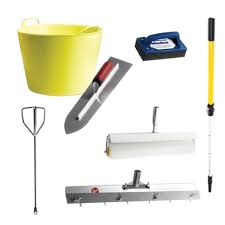

PRIMERS
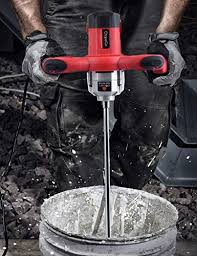

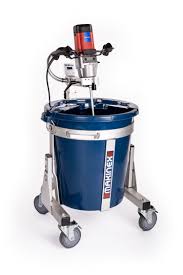

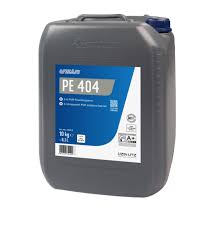
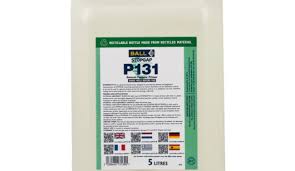
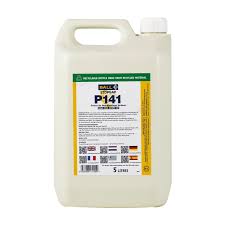
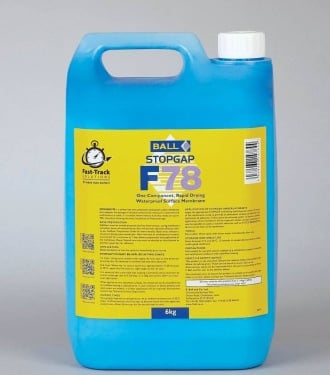
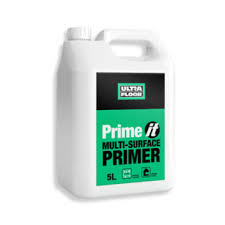
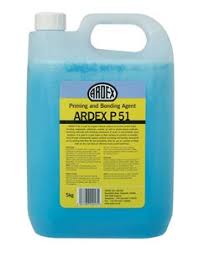
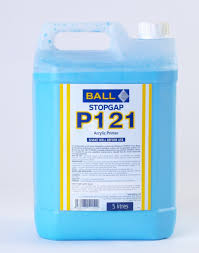


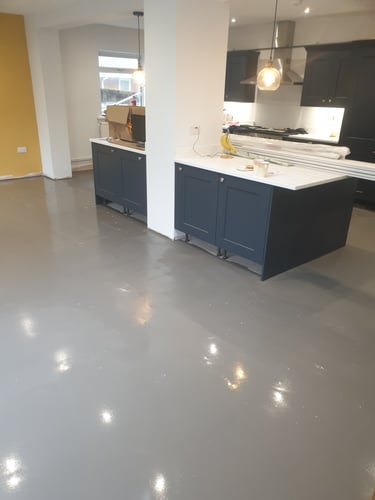

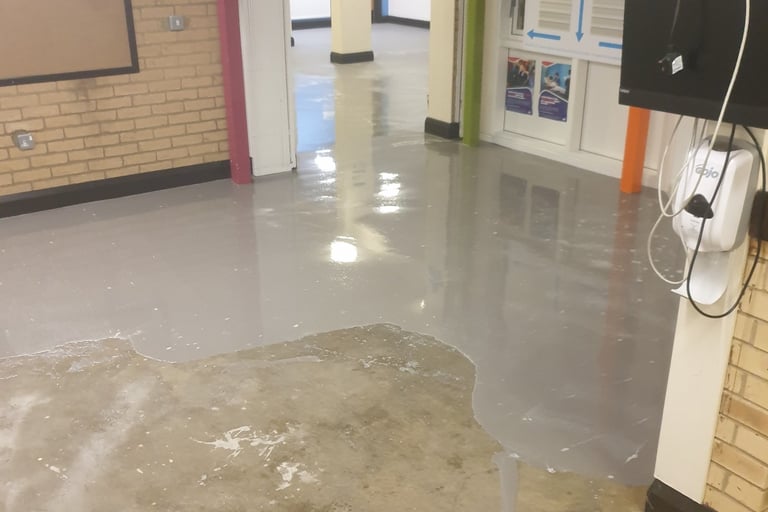

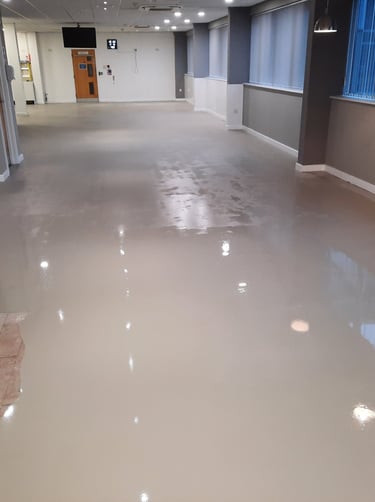

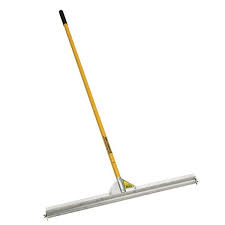

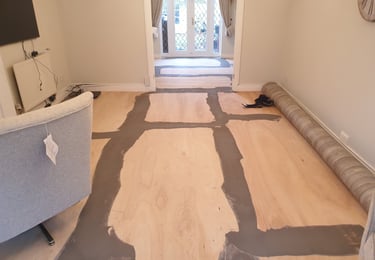

A floor feather finish is a rapid-drying, high-polymer cementitious compound used to patch, smooth, and level minor surface imperfections on a subfloor. Applied in a very thin layer—a "feather edge"—it creates a seamless surface for the installation of new flooring, such as vinyl, tile, or carpet.
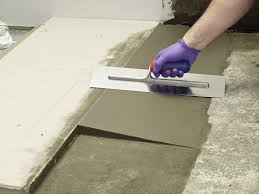

Rapid repair mortar is a fast-setting, high-strength cement-based mixture used for quickly patching and repairing concrete, masonry, and stone surfaces. It is typically sold as a dry, pre-mixed formula that is activated by adding water. This specialized mortar is designed for jobs where a rapid return to service is needed, such as fixing damaged floors, steps, and other structural or non-structural elements.
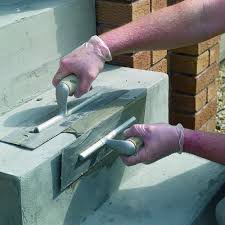

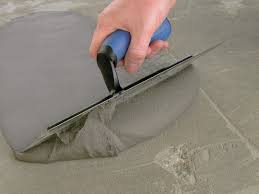

PUMP SCREED
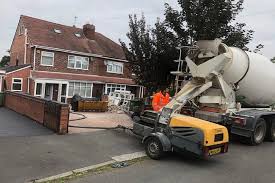

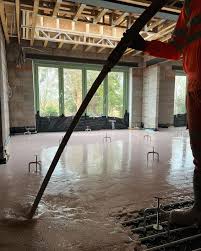

A pump screed refers to
a type of liquid floor screed that is applied using a screed pump machine. This self-leveling mixture is pumped from a mixing unit through a hose and poured directly onto a subfloor, resulting in a smooth, level, and durable finish. This method is significantly faster and less labor-intensive than traditional dry-mix screeding.
Benefits of pump screed
Faster installation: Pump screed can cover large areas, sometimes over 1,000 m
2squared
2
, in a single day, dramatically reducing project completion times compared to manual application.
Reduced labor costs: Since the process is automated, it requires less manual spreading and leveling, which lowers labor expenses.
Superior finish: The free-flowing, self-leveling nature of the material eliminates inconsistencies and produces a perfectly smooth and flat surface. Some materials can even achieve an SR1 standard, which is near-perfect.
Ideal for underfloor heating: Liquid screeds completely encapsulate underfloor heating pipes, eliminating air pockets and improving the efficiency of heat transfer.
Easier access: Long hoses allow for easy delivery of screed to hard-to-reach areas, such as upper floors or remote locations on a job site.
Minimal waste: The precise pumping process helps minimize material waste and on-site mess.
Quick curing: Many pumped screeds are fast-curing, allowing for foot traffic within 24 to 48 hours.
Types of pump screed materials
Cement-based: These screeds are used for creating a strong, hard-wearing underlayer for floor finishes. An example is
FASTFLOOR-IT Pump Screed
from CG Flooring Systems.
Calcium sulphate (anhydrite): Made with a gypsum-based binder, anhydrite screeds are free-flowing and ideal for underfloor heating systems due to their high thermal conductivity.
Premflow Pump Screed
by Marshalls is a high-strength anhydrite option.
Fibre-reinforced: Some self-leveling pump screeds are reinforced with tiny fibers to add strength and flexibility, which is beneficial when applying over timber subfloors or underfloor heating systems. An example is
Mapei Ultraplan Renovation Screed 3240
, a fibre-reinforced self-levelling compound.
Wearing screeds: Certain pump screeds are designed to be used as the final wearing surface in their own right for heavy-duty environments.
Underlayment screeds: These screeds are specifically designed to provide a smooth subfloor preparation for laying floor coverings like carpet, vinyl, and tile. An example is
, which can be laid up to 20mm thick.
FLOOR SCREEDING
Floor screeding is the process of applying a mixture of sand, cement, and water onto a concrete subfloor to create a smooth, level surface for finishing. It can either act as the final wearing surface or serve as a base for other flooring like tiles, carpet, or wood. Screeding is commonly used to level uneven subfloors, improve structural integrity, provide a foundation for underfloor heating, and enhance a building's energy efficiency
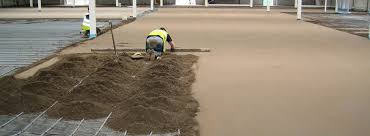

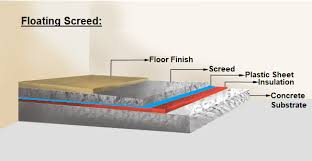

ADHESIVES
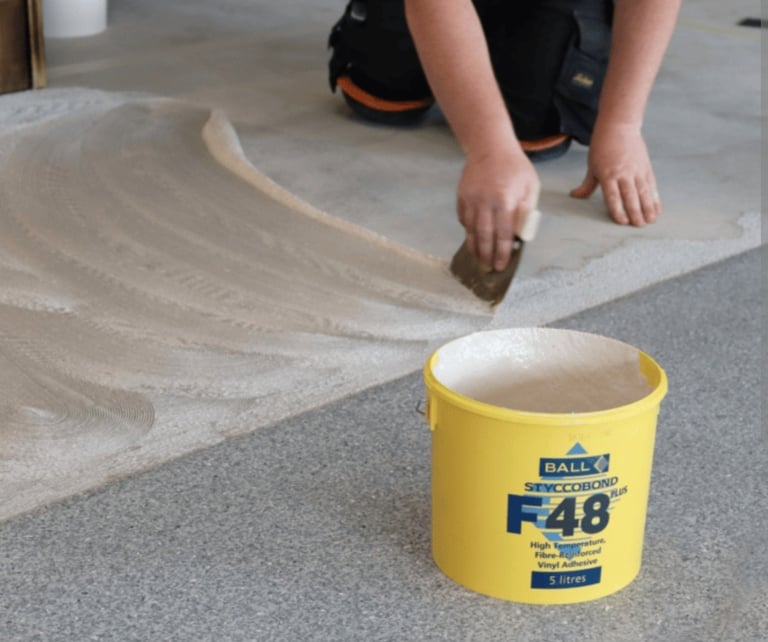

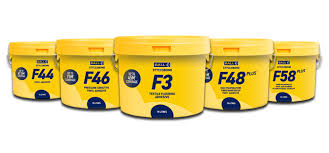

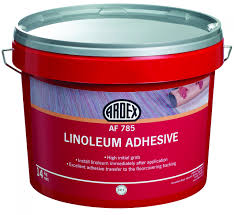
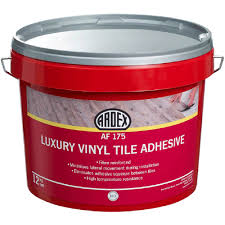
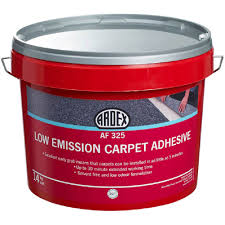
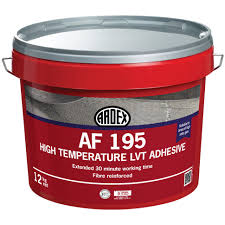
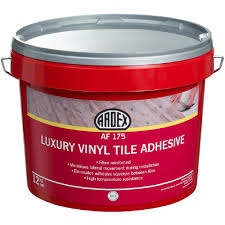
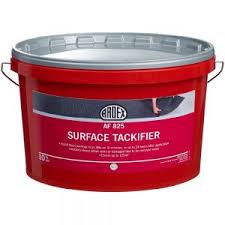
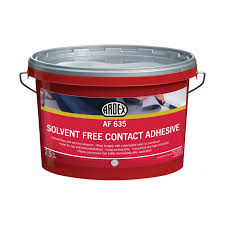
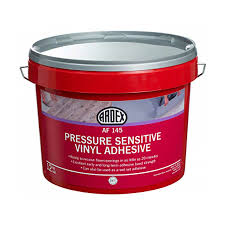
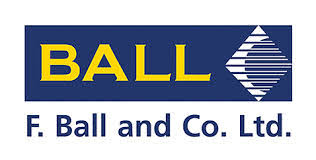



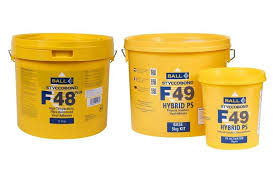

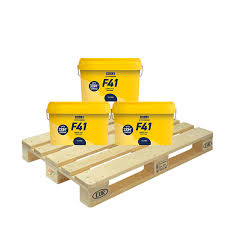

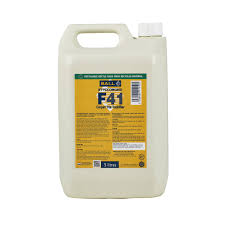

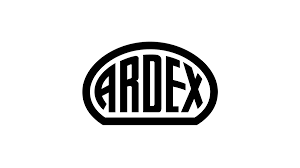

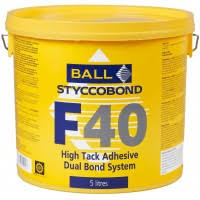



Using a British Standards compliant flooring adhesive is crucial because it ensures a higher quality, longer-lasting installation, prevents costly failures and disputes, and helps maintain manufacturer warranties. Standards promote a consistent, good-practice approach to installation by providing a universally accepted framework that accounts for the specific requirements of different flooring types and environments. This protects installers from liability for failures and ensures the floor system performs as intended over its lifespan.
Ensures High-Quality, Durable Installations
Professional Practice:
British Standards provide a code of practice, drafted by independent committees to ensure consistency and quality for all industry stakeholders.
Avoids Failures:
Adhesives tested and approved to British Standards are designed to withstand the specific loads, movements, and environmental conditions (like moisture and temperature fluctuations) of a flooring system, preventing common issues such as lifting, bubbling, and cracking.
Product Performance:
Using a standard-compliant adhesive ensures it performs correctly as part of the entire flooring system, from the subfloor to the floor covering.
Protects Installers and Clients
Liability & Disputes:
Installing without adhering to standards can leave contractors vulnerable to financial liability for any subsequent installation failures.
Warranty Protection:
Using manufacturer-recommended products in conjunction with relevant British Standards helps maintain the integrity of product warranties for the entire flooring system.
Client Confidence:
Following industry standards provides clients with confidence that the installation has been carried out correctly and will endure.
Key Considerations for Adhesives
Environment and Use:
Different standards and classifications exist for different types of environments and flooring materials. For instance, Class 3 adhesives are required for bonded installations and in moisture-prone areas, while flexible S1 or S2 adhesives are needed to handle subfloor movement.
Manufacturer Guidance:
While standards provide a framework, always refer to the specific technical guidelines from the adhesive and flooring manufacturers, as their products must be used in accordance with those recommendations for optimal performance.
Whole System Approach:
Consider the entire flooring system, as a single non-compliant component, such as an adhesive, can lead to the failure of the whole installation.
PLYBOARD & OSB

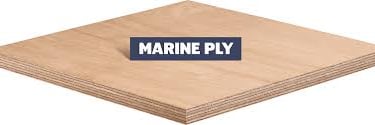
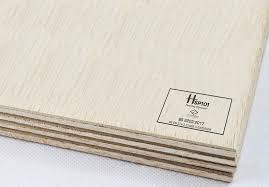

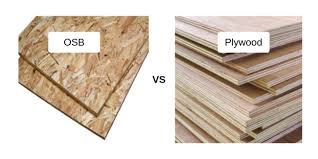

SP101 is a premium flooring-grade hardwood plywood manufactured by Hanson Plywood. It was developed specifically to meet the high technical requirements for underlay in the flooring industry and is compliant with British Standard BS 8203 for resilient floor coverings.
Marine plywood is a high-quality, water-resistant plywood specifically engineered for use in wet and high-moisture environments. It is most famously used in boat construction but is also well-suited for kitchens, bathrooms, docks, and outdoor furniture.
Key characteristics and composition
Water resistance: While not completely waterproof, marine plywood is built to resist moisture penetration. The wood veneers are bonded together with waterproof, weather- and boil-proof (WBP) adhesive, typically a phenolic resin.
Quality veneers: It is constructed from high-quality, durable hardwood veneers, such as Douglas fir, Western larch, or tropical species like okoume or meranti.
No core gaps: The manufacturing process uses more, thinner layers of veneer than standard plywood and strictly limits the presence of voids, knots, and other defects in the core. This prevents water from becoming trapped within the panel, which can lead to delamination and rot.
High strength: The cross-lamination of the multiple, thin hardwood layers provides superior strength and impact resistance.
Not rot-proof: It's important to note that marine plywood is not pressure-treated with chemicals to resist rot and decay. For maximum longevity in constantly wet or saltwater applications, all surfaces and edges must be properly sealed.
Using British Standards (BS) flooring grade plywood is critical for ensuring a stable, durable, and professional flooring installation. These certified panels are manufactured to strict specifications outlined in standards such as BS 8203:2017, the Code of practice for installation of resilient floor coverings, which defines the requirements for plywood used as an underlayment.
Reasons for using BS flooring grade plywood
Prevents installation failure: Using substandard plywood is a common reason for flooring failure, including bubbling, lifting, and separation of bonded floor coverings like luxury vinyl tile (LVT). BS grade plywood is specifically engineered to provide the high-performance underlay needed for resilient floors.
Dimensional stability: BS grade plywood is manufactured with a stable and conditioned moisture content, precision-machined core veneers to eliminate gaps and overlaps, and accurate dimensional tolerances. This prevents issues like warping and movement that can cause problems in the finished floor.
Superior bonding performance: These plywoods feature a robust glue bond, rated as exterior Class 3 under EN 314-2, making it moisture-resistant and ideal for bonded flooring applications. In contrast, cheaper, non-flooring-grade plywood often has a lower-class glue that fails when exposed to moisture.
High-quality surface finish: BS grade plywood features thick face veneers and a smooth, uniform surface finish. This provides a flawless base for floor coverings, which prevents imperfections from telegraphing through to the final surface.
Maintains manufacturer warranties: Leading flooring and adhesive manufacturers specify the use of BS 8203-compliant plywood. Failing to use the correct grade of plywood can void the manufacturer's warranty for the floor covering.
Reliable performance with underfloor heating (UFH): Certified flooring grade plywood, such as the SP101 product line, is designed to perform reliably with underfloor heating systems. Its controlled manufacturing process and stable construction ensure excellent dimensional stability under heat stress.
Long-term cost savings: While cheaper, uncertified plywood may lower initial material costs, the risk of having to pay for costly callbacks and remedial work far outweighs the savings. Investing in the correct BS grade plywood provides peace of mind and ensures a professional, lasting result.
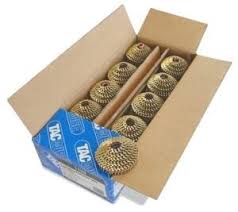

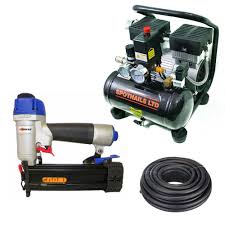

DAMP PROOF MEMBRANES
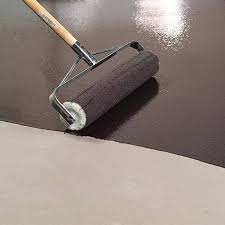

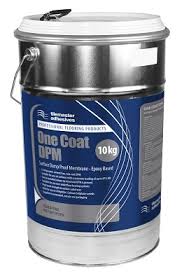

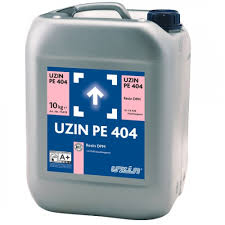

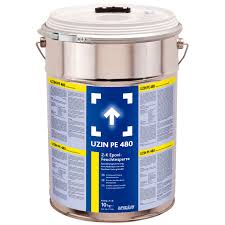



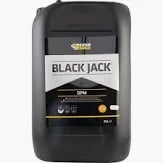

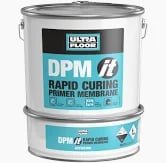

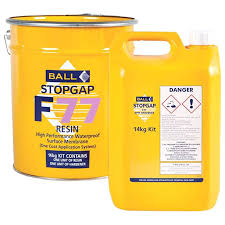

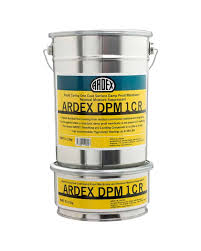

DAMP PROOF MEMBRANE SYSTEMS
A damp-proof membrane (DPM) is
a barrier material designed to prevent moisture from passing through a building's floors and walls. It is a critical component for safeguarding a building's structural integrity by protecting against rising and penetrating damp. DPM systems are available in different types, depending on the application and the specific damp problem.
Types of damp-proof membrane systems
1. Sheet membranes
These are large, physical sheets, most commonly made from recycled polyethylene, and are used primarily for solid floors and walls.
Polythene DPM: Standard polythene sheeting is laid over a sub-base and beneath concrete floors in new constructions or renovations. The edges are overlapped by at least 100mm and sealed with tape to create a continuous barrier.
Studded wall membranes: These membranes have a studded profile that creates a cavity or air gap between the damp wall and the new internal finish. The air gap allows the wall to breathe and any moisture to evaporate. These systems are used to tank basements or treat damp internal walls, and a mesh on the membrane surface provides a key for applying plaster.
2. Liquid-applied membranes
Liquid DPMs are single-pack barrier coatings that are brushed, rolled, or sprayed onto surfaces. They cure to form a flexible, waterproof membrane and are suitable for use on solid floors, walls, and floor-to-wall junctions.
Uses: Ideal for existing concrete floors as a retrospective damp-proof membrane and for sealing awkward areas.
Examples: Products like Drybase Liquid-Applied DPM and bitumen-based liquid membranes are available.
3. Damp-proof courses (DPC)
While technically different from a DPM, a DPC is a related damp-proofing measure. It is a waterproof layer installed horizontally or vertically within brickwork to prevent moisture from rising through capillary action. A DPM is often lapped and sealed to the DPC to provide a continuous barrier against ground moisture.
A "FLOOR DPM sandwich system" involves embedding a Damp Proof Membrane (DPM) between layers of a concrete slab or between a concrete slab and a levelling screed to provide comprehensive protection against ground moisture rising into the finished floor. This method incorporates the DPM within the structural layers, offering enhanced security and creating a smooth, stable base for subsequent floor finishes by sealing the substrate and forming a barrier to water ingress.
Components of a typical sandwich system:
Hardcore and Sand Blinding:
A layer of hardcore (rubble) is first laid on the ground and then covered with a layer of sand for a smooth, blinded surface to prepare for the DPM.
Damp Proof Membrane (DPM):
The DPM is laid over the blinded hardcore.
Base Concrete Slab:
A layer of concrete is poured over the DPM to form the base of the floor structure.
Levelling Screed (Optional):
A layer of cement and sand screed, often 50mm or more, is applied on top of the base slab to provide a level and smooth surface for the final floor covering.
How it protects your floor:
Moisture Barrier:
The DPM acts as an effective barrier, preventing ground moisture from transmitting through the concrete and into the final floor finish.
Structural Integration:
By being integrated within the structure, the DPM is better protected from punctures or damage during subsequent construction phases, such as the laying of the concrete or screed.
Stable Substrate:
The sandwich system creates a stable, sealed, and smooth base, ensuring the longevity and performance of the final floor covering.
Common Applications:
New Construction:
This system is common in the construction of new buildings where a damp proof layer is required to protect the internal space from ground-borne moisture.
Residential and Commercial Floors:
It's used to protect various floor finishes, including vinyl, wood, and other materials from water damage.
Ardex dpm 1c SANDWICH SYSTEM
The ARDEX DPM 1 C Sandwich System is
a multi-layered, high-performance moisture control system designed to protect floorcoverings from rising damp and residual moisture. It is often used on damp concrete or screed floors, especially in older properties that may lack an effective structural damp-proof membrane (DPM).
The 'sandwich' layers
The system consists of three main layers, applied in a specific order:
Bottom layer: ARDITEX NA
Function: This is a latex-based, self-smoothing, and leveling compound. It is applied directly to the rough concrete or screed to create a flat and smooth surface.
Benefit: It improves the coverage and effectiveness of the DPM layer by eliminating unevenness.
Middle layer: ARDEX DPM 1 C
Function: This is a two-component, solvent-free epoxy resin that forms the high-performance waterproof barrier. It is applied directly over the ARDITEX NA layer.
Benefit: It protects the final floor covering from ground-bearing moisture and residual construction moisture. It can handle extreme moisture levels, accommodating hygrometer readings up to 98% Relative Humidity (RH).
Top layer: ARDITEX NA
Function: A final layer of ARDITEX NA is applied directly onto the cured ARDEX DPM 1 C without needing a primer.
Benefit: This creates the perfect, primed surface for the application of the final floor finish, such as carpet, vinyl, or tiles.
Key advantages of the system
Effective moisture control: The system is designed to handle very high moisture content in subfloors, preventing future problems with damp.
Time-efficient: Because ARDITEX NA is moisture-tolerant and compatible with ARDEX DPM 1 C, the system can be applied without waiting for the concrete to fully dry, making it ideal for fast-track projects.
Versatile: The finished surface is suitable for all types of floor finishes.
Cost-effective: Applying a leveling compound layer first can improve the coverage of the more expensive DPM, saving costs.
No priming needed: The ARDITEX NA and ARDEX DPM 1 C are compatible, eliminating the need for additional primers between layers.
